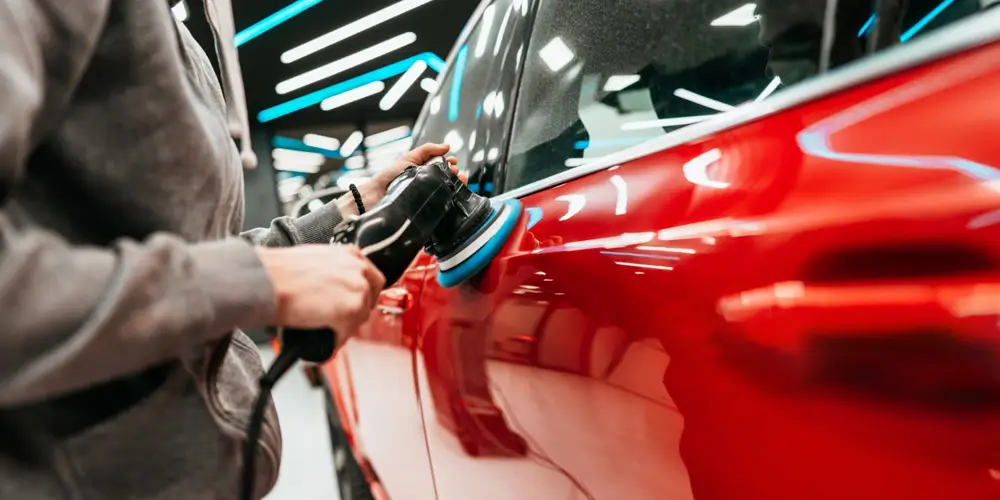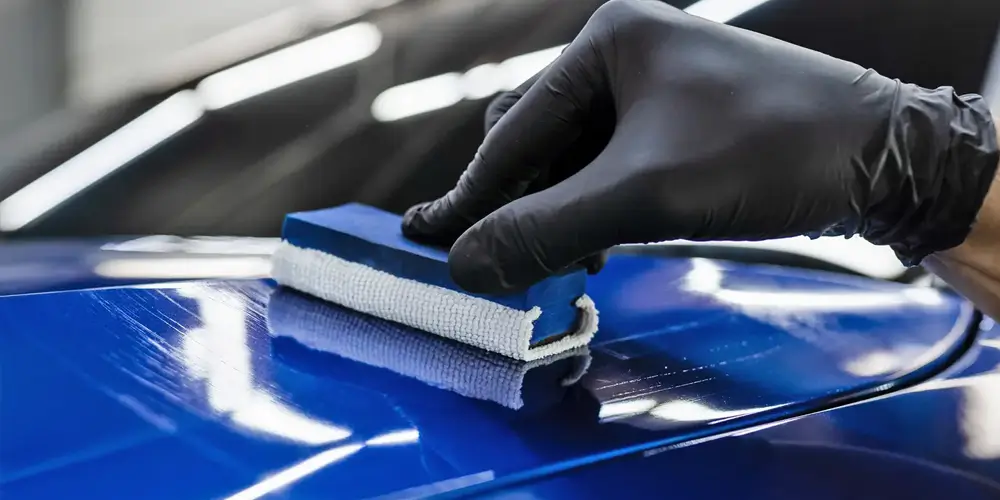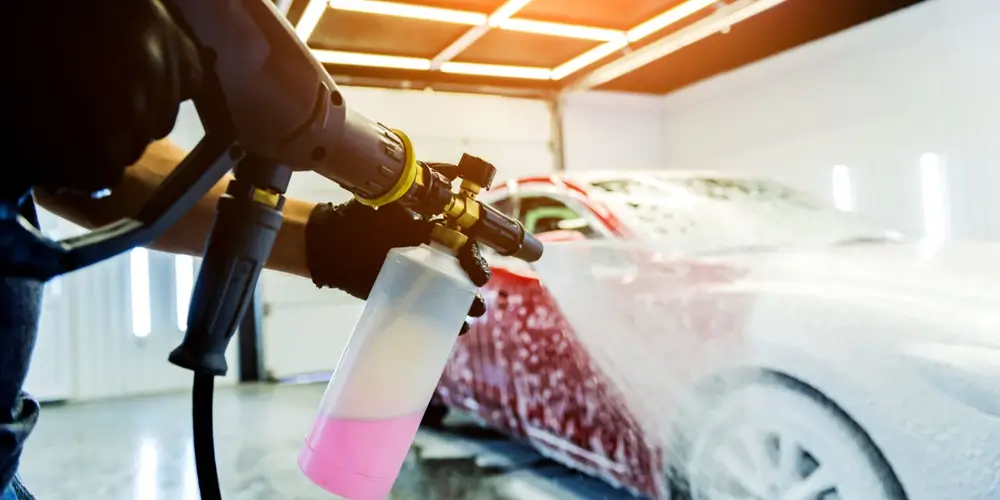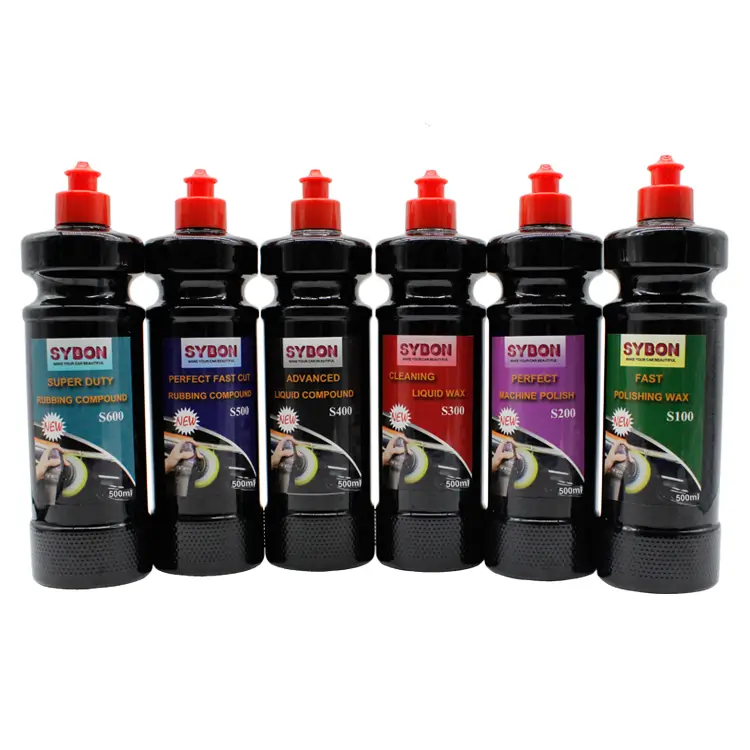Does Polishing Compound Remove Scratches
Polishing compounds are often hailed as the go-to solution for removing scratches from automotive surfaces. But how effective are they, and can they truly deliver a flawless finish? In this comprehensive guide, we will explore the science behind polishing compounds, how they work, and why they are an essential tool for auto detailing professionals. As a leading supplier in the industry, SYBON provides high-quality products that cater to the needs of import wholesalers, car detailing shop owners, and car repair center operators.
Understanding Polishing Compounds
Polishing compounds are abrasive substances used in the automotive industry to smooth out the surface of car paint. These compounds work by removing a thin layer of the clear coat or paint, thereby leveling the surface and eliminating minor scratches, swirl marks, and other imperfections. The key to their effectiveness lies in their composition and the abrasives they contain.
Types of Polishing Compounds
1. Rubbing Compounds: These are more aggressive and are typically used for heavy correction. They can remove deeper scratches and severe oxidation but need to be followed up with a finer polish to restore the gloss.
2. Polishing Compounds: These are milder than rubbing compounds and are designed to remove light scratches, swirls, and hazing. They refine the paint surface, preparing it for the final waxing or sealing.
3. Finishing Polishes: These are the least abrasive and are used to enhance the shine and clarity of the paint after the heavier corrections are done. They are perfect for eliminating minor imperfections and adding depth to the paint.
How Polishing Compounds Work
Polishing compounds work through a process known as mechanical abrasion. When applied to a car’s surface using a buffing pad and a rotary or dual-action polisher, the abrasives in the compound effectively sand down the uneven edges of scratches and blemishes. This process reduces the depth of scratches, making them less visible or completely eliminating them, depending on their severity.
The heat generated by the friction of the pad against the paint also plays a crucial role. It helps to soften the clear coat, allowing the abrasives to work more efficiently and deliver a smoother finish. However, it's essential to use the correct technique and tools to avoid damaging the paint further.
Benefits of Using Polishing Compounds
1. Restores Paint Clarity: Polishing compounds can remove oxidation, water spots, and minor scratches, restoring the paint’s original clarity and gloss.
2. Prepares Surface for Waxing: By removing imperfections, polishing compounds prepare the surface for waxing, ensuring a smooth and even application.
3. Enhances Vehicle Appearance: A well-polished car looks newer and more attractive, which can increase its resale value.
4. Protects the Paint: Regular polishing can protect the paint from further damage by removing contaminants that could cause corrosion or deterioration over time.
Choosing the Right Polishing Compound
Selecting the right polishing compound depends on the condition of the car's paint and the type of imperfections you need to address. Here are some tips to help you make the best choice:
1. Assess the Damage: Determine the severity of the scratches and imperfections. For deeper scratches, start with a rubbing compound followed by a finer polish.
2. Check the Abrasive Level: Polishing compounds come with different abrasive levels, often indicated by the manufacturer. Choose one that matches the level of correction needed.
3. Consider the Paint Type: Different paints, such as single-stage or clear coat, may respond differently to various compounds. Ensure the compound is compatible with your car’s paint type.
4. Test in a Small Area: Before applying the compound to the entire surface, test it in an inconspicuous area to see how it reacts with the paint.
Proper Technique for Using Polishing Compounds
Using a polishing compound requires skill and the right technique to achieve the best results. Here’s a step-by-step guide:
1. Clean the Surface: Ensure the car’s surface is clean and free from dirt and debris. Washing the car thoroughly will prevent contaminants from causing further scratches during the polishing process.
2. Choose the Right Pad: Select a buffing pad appropriate for the level of abrasion needed. Foam pads are generally used for light polishing, while wool pads are more aggressive and suitable for heavy correction.
3. Apply the Compound: Apply a small amount of polishing compound to the buffing pad. Too much compound can lead to an uneven finish and excessive splatter.
4. Start Slowly: Begin polishing at a low speed to spread the compound evenly. Gradually increase the speed to work the abrasives into the paint.
5. Use Overlapping Passes: Work in small sections using overlapping passes to ensure even coverage. Keep the pad flat against the surface to avoid creating new swirls.
6. Inspect Your Work: Periodically stop to check your progress. Wipe away the residue with a clean microfiber cloth to see if the imperfections are being removed.
7. Finish with a Fine Polish: After heavy correction, follow up with a finer polish to restore the shine and clarity.
Safety Precautions
While polishing compounds are effective, it’s essential to use them safely to avoid damaging the paint. Here are some safety tips:
1. Avoid Excessive Pressure: Applying too much pressure can burn through the clear coat, especially on edges and contours.
2. Keep the Pad Clean: A dirty pad can cause scratches. Clean the pad regularly during the process.
3. Work in a Shaded Area: Polishing in direct sunlight can cause the compound to dry too quickly, making it difficult to work with and potentially damaging the paint.
4. Use Personal Protective Equipment: Wear gloves and safety glasses to protect yourself from splatter and fumes.
Conclusion
Polishing compounds are invaluable tools in the arsenal of any auto detailing professional. They can effectively remove scratches, restore paint clarity, and enhance the overall appearance of a vehicle. By understanding how they work and following the proper techniques, you can achieve impressive results that will leave your car looking like new.
At SYBON, we are dedicated to providing top-quality auto detailing products to import wholesalers, car detailing shop owners, and car repair center operators. Our extensive range of polishing compounds and other detailing supplies are designed to meet the highest standards of performance and reliability. If you are interested in our products, please visit our website and send us an inquiry. Our sales team will respond within 24 hours to assist you with your needs. Trust SYBON to be your one-stop solution for all your auto detailing supply needs.
Source of this article:https://www.sybonbest.com
Get to know us through more channels:




